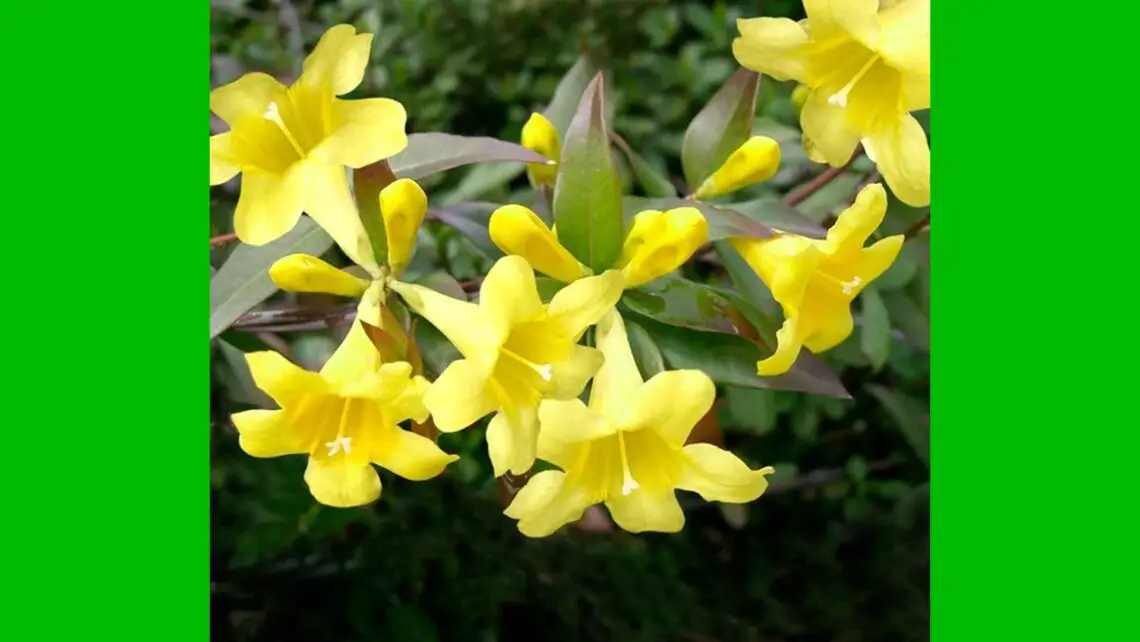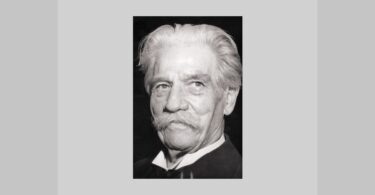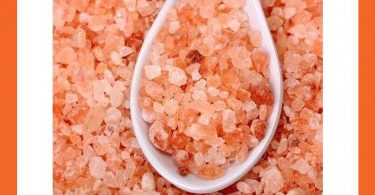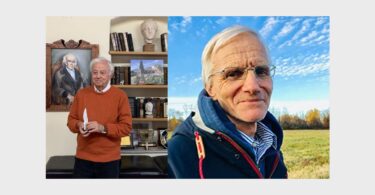Gelsemium is a sycotic remedy. It belongs to the plant kingdom. Gelsemium has “ailments from anticipation”, “ailments from bad news”. The Gelsemium persons get apprehensive in the face of ordeals and develop a lack of self-confidence in such situations.
The patients tend to lose their control and balance. So the main feeling in Gelsemium is: “I have to keep my control when going through ordeals. I have to be able to withstand very difficult, trying situations. I have to be able to withstand shock and bad news without losing my control”.
So they keep courage when facing ordeals, and are not shaken up even by frightening situations. This courageous Gelsemium is exactly the opposite of the picture we read in the books, of the coward who is unable to face any unexpected event. Any exciting or bad news, shock or anticipation can make the person lose his balance and control.
He may develop giddiness and a fear of falling. He may lose control over his bowels. He develops a kind of paralytic or cataleptic immobile state. He is shocked and is therefore unable to move. In some patients, I have seen that they give the impression of control on the outside in the face of ordeals, but inside there is a lot of fear, a lot of anxiety, and they panic. They do not like to reveal their inner cowardice.
Gelsemium may sometimes seem to appear like Stramonium, with clinging and a desire for support always. But Stramonium is far more acute. Also, in Stramonium, the threat is perceived from outside of him, whereas in Gelsemium, it is the lack of confidence which is the main problem.
I remember one case of Gelsemium particularly well. The patient, a woman, was a dancer who had developed eczema on her feet. This woman gave me a history that she had been in a very bad accident and had some of her bones broken. In spite of this, she managed to give a dance performance though she had to put up with a lot of pain.
She also related that on one occasion her house had been broken into by five men armed with choppers. In this situation too, she managed to keep her cool and salvage a lot of her valuables. With Gelsemium, her eczema flared up so that she was unable to move out of bed. This situation caused everyone, including me, to panic, but she went through it, maintaining her control and balance, and improved subsequently.
Rubrics:
- Ailments from anticipation, foreboding, presentiment.
- Ailments from bad news.
- Ailments from excitement, emotional.
- Ailments from shock, mental.
- Excitement, hearing horrible things, after.
- Confidence, want of self.
- Cowardice.
- Timidity, appearing in public.
- Fear, cease to beat, unless constantly on the move, heart will.
- Fear, self-control, of losing.
- Stupefaction.
- Dullness, sluggishness, think long, unable to.
- Fear, falling, of.
- Clinging to persons or furniture, etc.
- Clinging, child grasps the nurse when carried.
Kent:
- Diarrhoea, excitement, from.
Phatak:
- Catalepsy.
- Fear, ordeals, of.
If you would like to learn more about Dr. Sankaran’s work, courses and lectures please visit: http://www.onlinehmp.com
To read about the philosophical approach to developing these remedy pictures, see Dr. Sankaran’s introduction to Soul of Remedies:







This concept-soul of remedies- is not conducive to the science of homeopathy. We have the more sensible concepts “characteristic symptoms” , keynotes, peculiars and modalities. These describe remedies amply. Soul of a remedy doesn’t add anything new to our existing knowledge.
Hence it is superfluous and may be misleading the newcomers.
Because it attributes an absoluteness to a remedy independent of the spectrum of remedies which are closely related to one another and can only be prescribed ( arrived at) by differentiating from other remedies. Which is never uniform but again differ from person to person.
Hence “eigenstate” alone is a proper word for a remedy totality. It is conducive to the understanding and ultimate establishment of the Plausibile mechanism. Whereas the concept “soul of remedies” can sabotage the further advancement of the science of homeopathy. Newcomers Beware. Please be weary of such new concepts inconsistent with Hahnemann’s vocabulary.
Oh Please! Get a life. The concept of soul of remedies brings homeopathy into the 21st Century.
Hahnemann was a pure scientist. Everything he tried to express in as far as possible in contemporary scientific parlance. I repeat “contemporary”. Hence whatever deviation from science exists in his explanation were clearly due to the absence of scientific laws corresponding to those phenomenon he intended to describe. Call it dogma if you want. Which science is devoid of them even now ?
Vital force may be one such dogma, that he introduced to compensate for a subsequently discovered scientific phenomenon like “homeostasis”
But that isn’t a permission to use words like “soul of remedies”, song of health etc which would shun brilliant people from exploring the theory and mechanism of homeopathy and complete what Hahnemann could not, purely due to the infancy of contemporary science.
Since science has much advanced now from where it was during Hahnemann’s times, using such unscientific terminology is not only unnecessary, but would be against his wish. Of course, unless we thus want to establish our monopoly on the description part which is yet to be perfected.
I don’t think using a terminology inconsistent with Hahnemann’s vocabulary is either necessary or conducive to the science.
Dear Ms Hall, I resent having to contradict with you as well as the influential author Dr. Sankaran. But I can’t help it in view of the broader interest of global homeopathy scenario.
Hahnemann was such a genius and well abreast with every branch of contemporary science at his disposal. Not to say anything about his language command and vocabulary.
“Soul” isn’t a word who’s significance and meaning were unknown to the genius. If he hasn’t used it to describe the features of a remedy, that itself is sufficient reason not to do it. I hope you get my point?
Besides, I have been independently working on the mechanism of action & fairly arrived at a preliminary model of homeopathy. A mathematical model which would ultimately pave the way for establishing the plausible mechanism. It is highly accurate and surprisingly conforms to an abstract vector space where all the remedies exist as a spectrum. Unfortunately the “soul of remedy”concept is highly inconsistent with the mathematical model of homeopathy.
I have a compulsion to stop students from being taught a wrong model of my pet science which would no doubt yield paradoxical results if subjected to scientific validation.
Esp when we can afford a model which doesn’t suffer from such a drawback.
My doctor prescribed gelsimium for low and weak pulse which skips 3,7 or something like. When pulse is low but consistent, digitalis and arsenicum when pulse rapid and weak. This was the kit he has given me to carry while traveling while I was under his care for about 3 1/2 years after six months of allopathy treatment with amiadarone.
His main long term medicine was Makardwaja.
A remedy can’t be prescribed on the basis of just one symptom like the Pattern of pulse as you have said.
Moreover any remedy once found useful is not required in the near future or before several intercurrent remedies are given strictly on indications.
A kit with only one or two remedies is practically useless